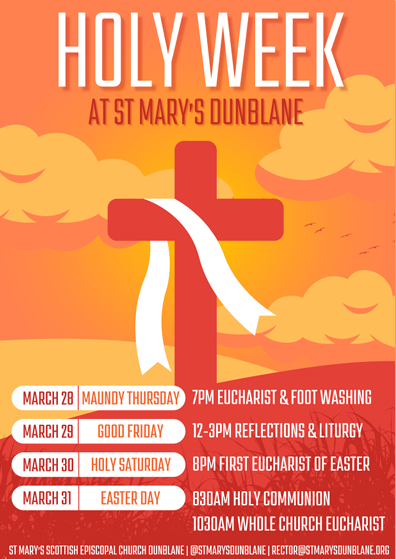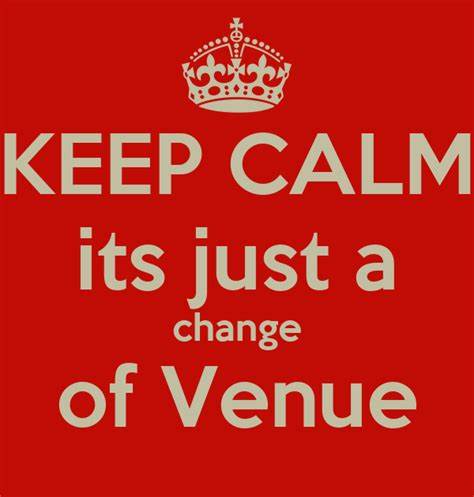Peter writes
At the Baptism of Christ, back in January, Nerys encouraged us to spend the time between then and Pentecost to reflect on the significance of baptism. For Jesus, his baptism was in the Epiphany season and marked the beginning of his earthly ministry. In the Early Church though, baptisms almost always happened at Easter and we still renew our baptism promises in our Easter liturgy. It doesn’t happen often but if there is a baptism as well, it adds a lot to the joy of our Easter celebration. I still remember the thrill of baptising my twin grandsons on Easter Day twenty years ago.
They were still babes in arms but you can be baptised at any age. I remember in one parish how a man in his 80s asked me one day if he could be baptised. Apparently he had missed out because his father was away in the trenches in the First World War. I realised that this was something he had to do while he still could – and indeed he died a few months later.
This brought home to me that baptism is not just a happy family occasion. It is a serious business and in the Early Church the season of Lent was a period of intense preparation by prayer and fasting, and baptism was by full immersion. If you are ever in Milan, go and see the archaeological remains underneath the present cathedral. There is a massive font, 3 or 4 metres across. This is where St Ambrose would have baptised converts, including – staggering thought – St Augustine himself.
My colleague in Vevey, on Lake Geneva, often used to baptise people in the lake. I have to admit that when I was Rector in Largs I was never tempted to do it in in the Firth of Clyde but whether it’s your whole body or a splash of water on the head, it shows that baptism is part of the Easter mystery. Just as we once lived in liquid in our mother’s womb but then at the moment of birth gasp in the air, so at baptism we go down into the water, in which we can no longer live, and then we are lifted up, coughing and spluttering to breathe in the air. We leave the old life behind and breathe in the clear, pure air of new life. The meaning of baptism is to show us how we can can go down to the tomb but then be raised, reborn to a new, eternal life. We are shown that Jesus’ story of resurrection can be out story too – in this world as well as in the world to come.
Just as Jesus’ baptism marked the beginning of his earthly ministry, so our baptism – whether we remember it or not – is a sign that we have a ministry to fulfil. On Maundy Thursday the bishop blessed oil to be used at baptism. It is called the oil of chrism (or anointing). In ancient times people were anointed with oil was a sign that they were marked out for a special task and when Charles is crowned he will be anointed with oil blessed by the Patriarch of Jerusalem. We also are called to serve God and our fellow men and women in the daily round, the common task. When we do, we have left the old life behind and have entered on a new life, the Easter life of resurrection.
For prayer and reflection.
Take some time to consider how we might fulfil our commitment to Christian life:
Will you continue in the Apostles’ teaching and fellowship, in the breaking of bread and in the prayers?
Will you proclaim the good news by word and deed, serving Christ in all people?
Will you work for justice and peace, honouring God in all creation?
Will you, with the whole Church, live and work for the kingdom of God?
The original font underneath Milan Cathedral







